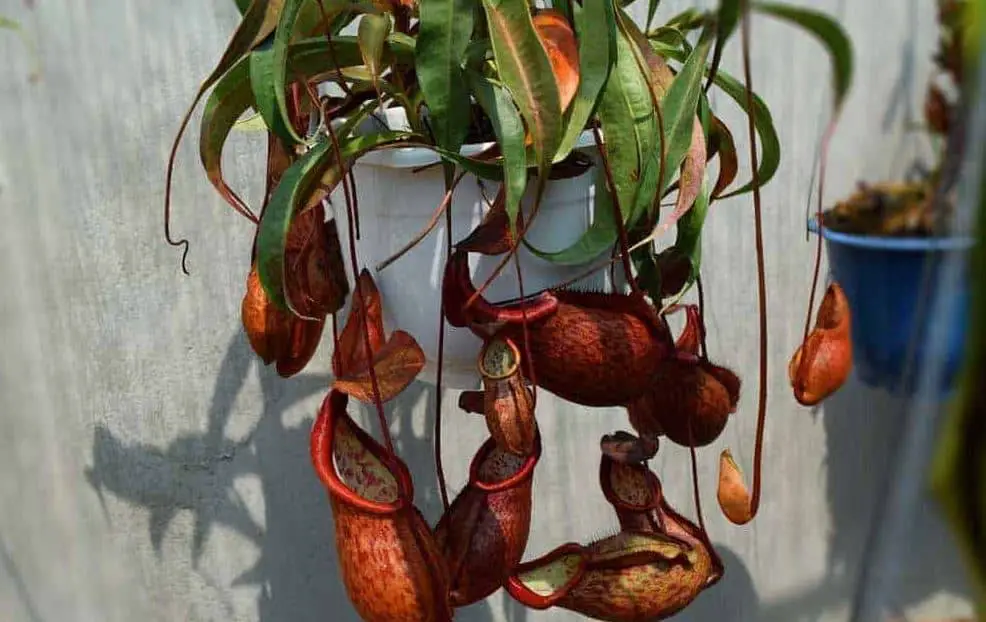You’ll ultimately want to reproduce some of your specimens if you love the carnivorous pitcher plant to expand your collection. Although these plants may seem unusual, growing pitcher plants is no more difficult than growing any other plant. There are many ways to propagate pitcher plants, but for home gardeners to be successful, sowing seeds or re-rooting cuttings are the best options. Increase your collection with minimum effort by learning more about pitcher plant propagation.

Pitcher Plant Seeds
You may gather pitcher plant seeds by squeezing the dried capsules over an envelope or piece of paper towel in the late autumn. Place the seeds in a sandwich bag with the fungicide, seal the bag, and shake to cover the seeds. On a fresh piece of paper towel, spread the seeds and powder. Blow off any extra powder. For two to three months, spread the seeds on a wet paper towel, wrap it up, and place it in a zip-top bag in the refrigerator.
Sprinkle the seeds on peat moss and sand bed to start sprouting. The planter should be watered and kept 18 hours daily under grow lights. Seeds may take several weeks to germinate, and seedlings need at least four months to mature inside before being transplanted.
Pitcher Plant Cuttings
Pitcher plant cuttings may be quickly multiplied by roots. Trim off each leaf’s lower half from stem portions containing two or three leaves. Rooting hormone powder should be applied after cutting the stem bottom diagonally.
Wet sphagnum moss and add it to a planter. Make a hole in the damp moss using a pencil. Insert the powdered stem, then press the moss around it to attach it. Re-water the plant, then put it in a bag and under grow lights. The pitcher plant cuttings should start to sprout new leaves after two months and may be replanted.


